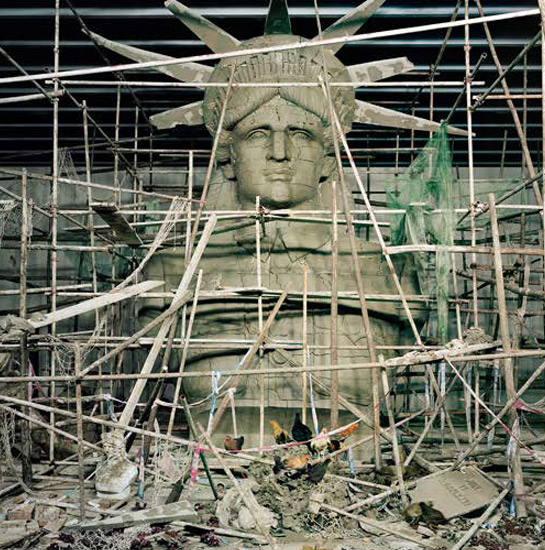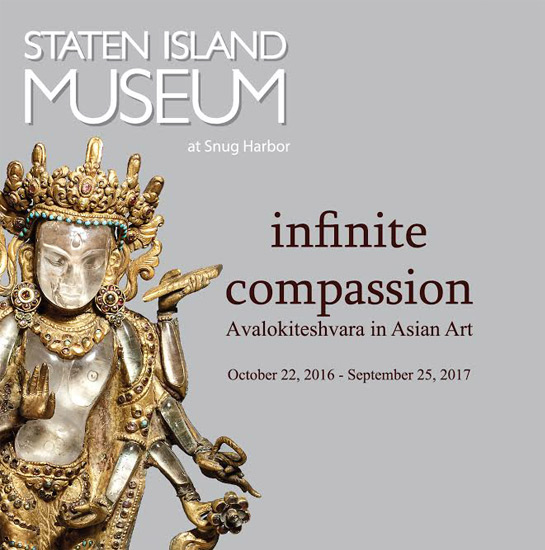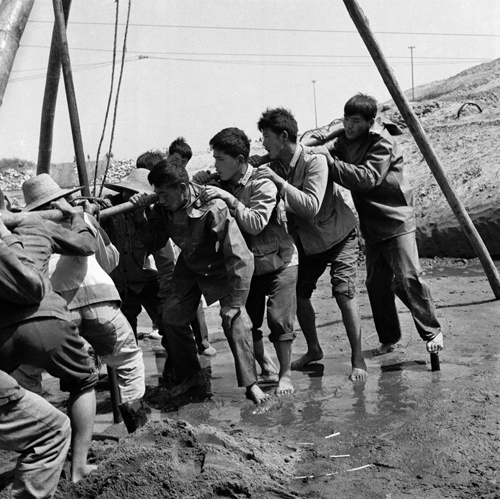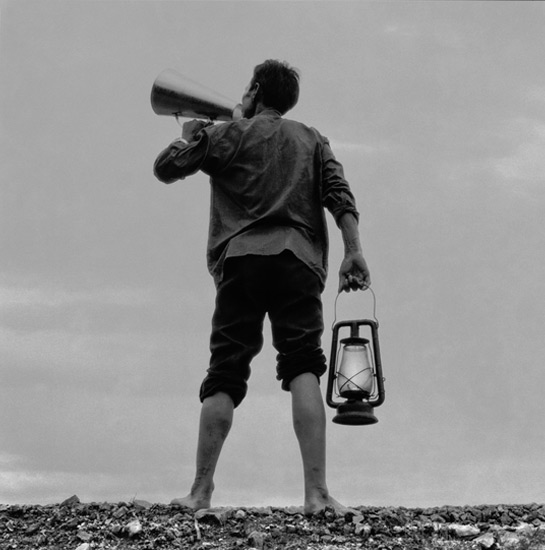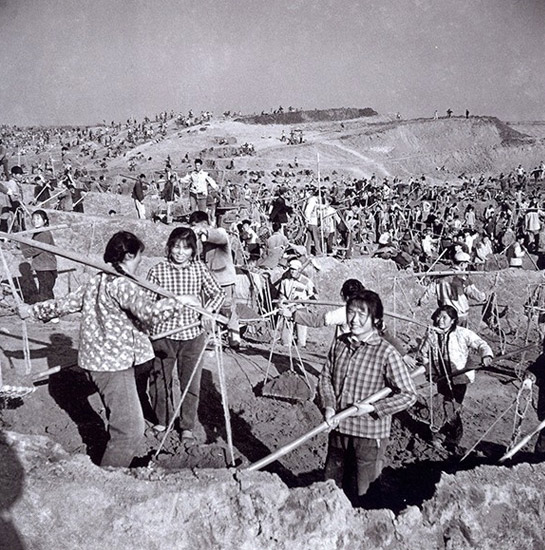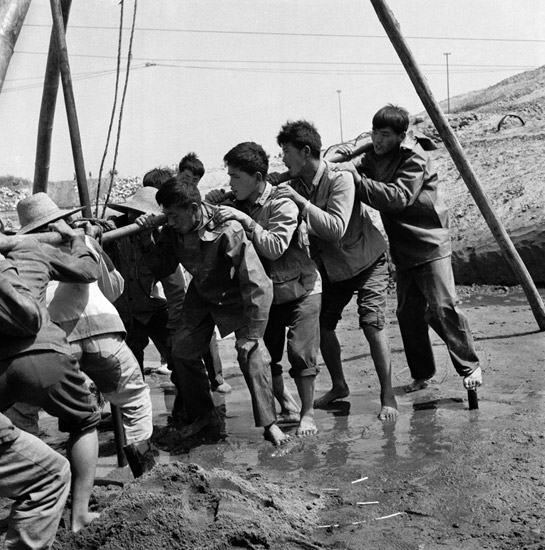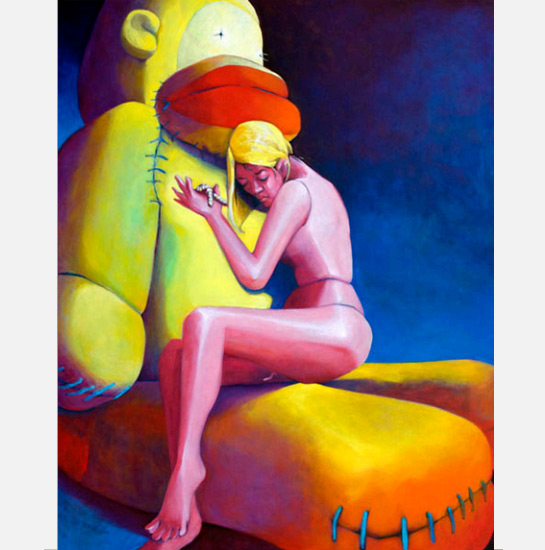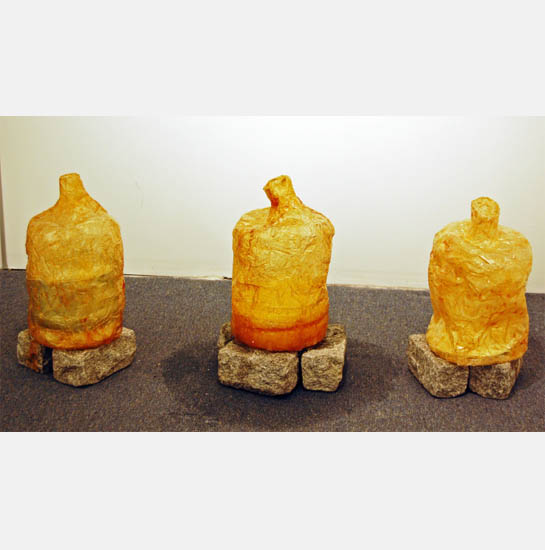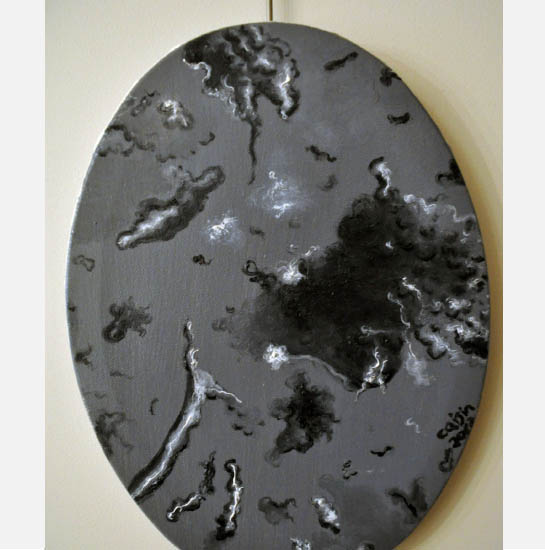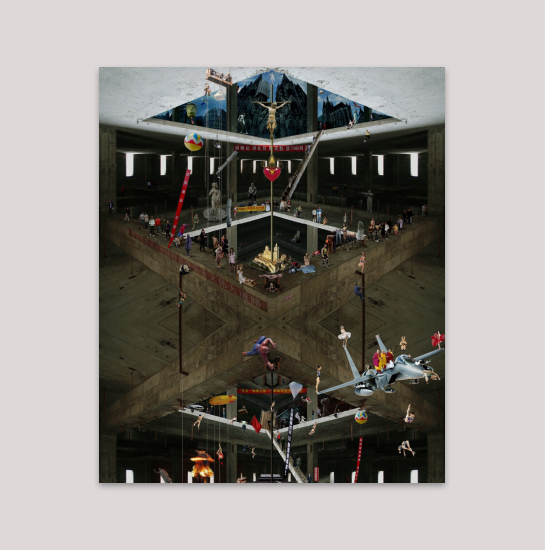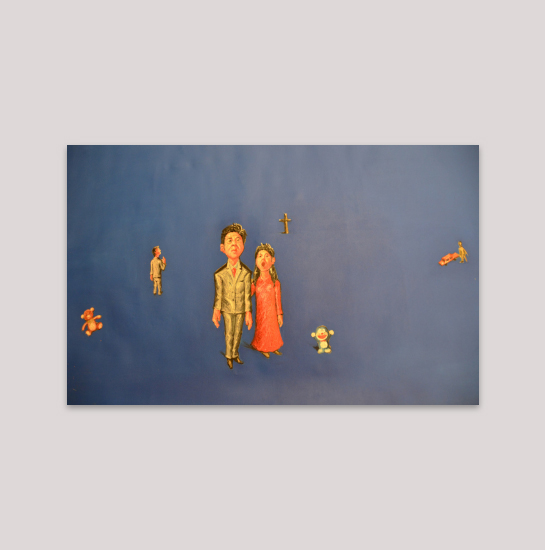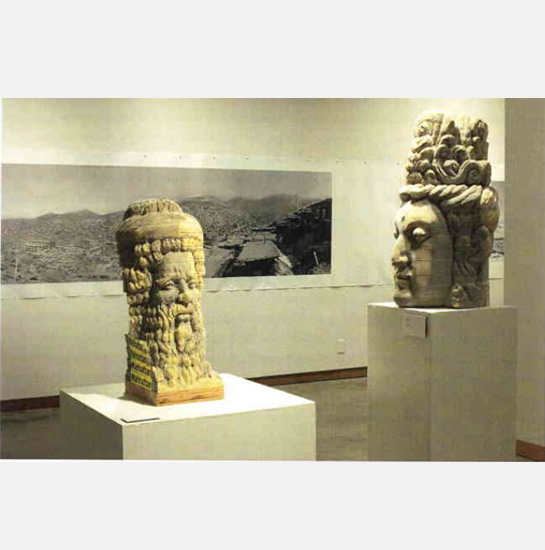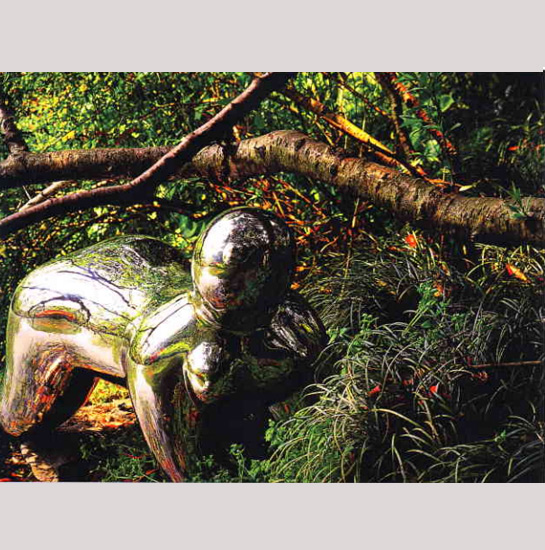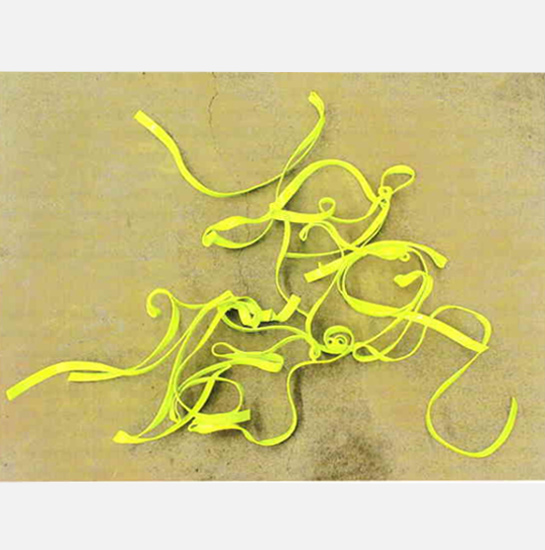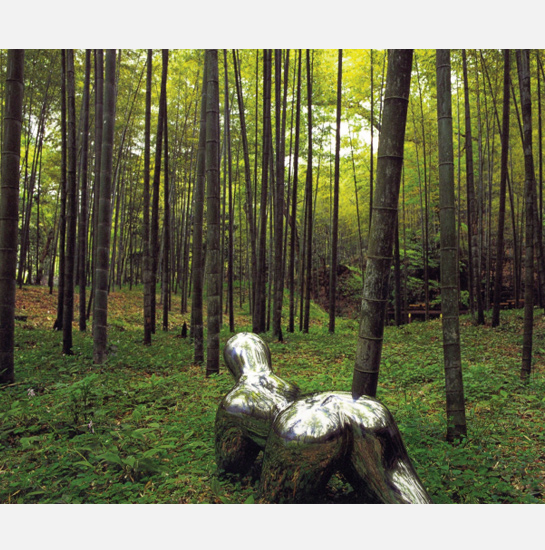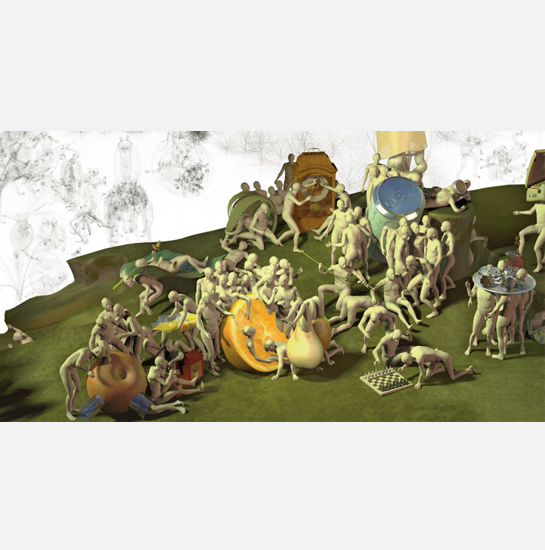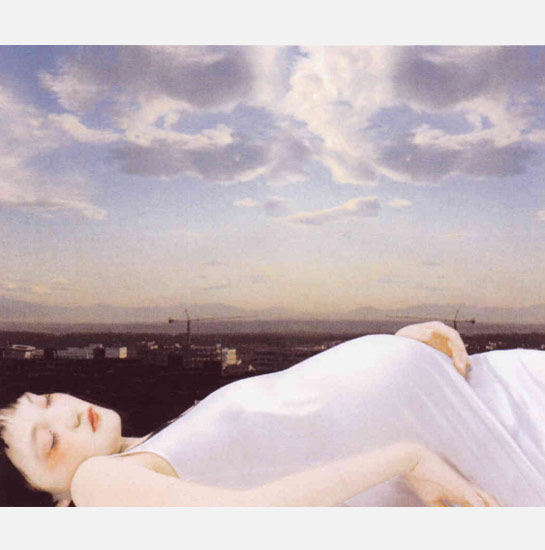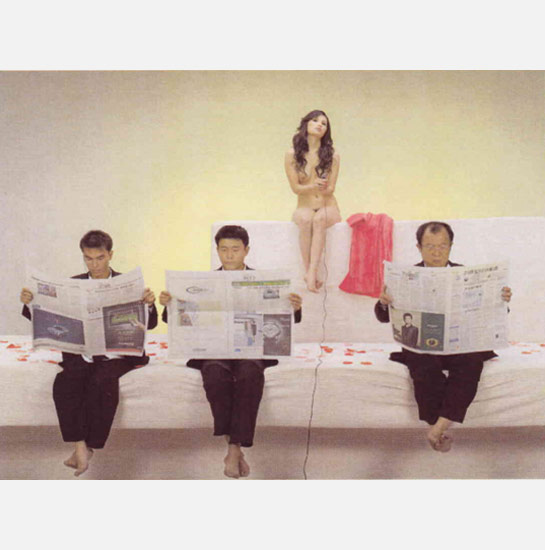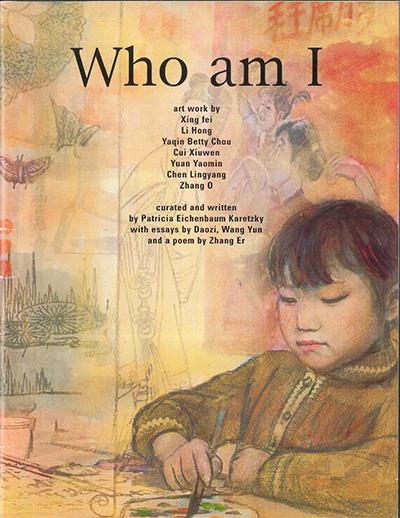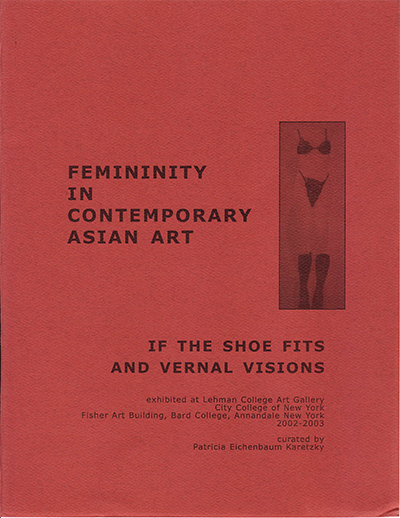WHO AM I: CHINESE AND CHINESE AMERICAN FEMALE ARTISTS
This exhibition addresses the important questions posed by contemporary Chinese female artists whose work explores the themes of personal, cultural, and artistic identity. As artists throughout the world struggle to decide how to make art for the contemporary artistic arena, they contemplate the issue of relevant formats. Should they try installation art? Performance art? Film or animation? How does one make the figurative tradition viable? Themes and techniques of Chinese cultural heritage are pitted against those of the West. These artists have taken a stance in expressing their personal feelings about their cultural, artistic, and personal identity by using the body as the subject of their art. They have rejected the format of abstract art for a more personal statement.
Neither the international nor Chinese scene has been receptive to art made by women of Chinese heritage. This show presents both the works of Chinese and Chinese American women: those brought up in the West, or here as adult artists, (one of whom recently returned to China), and those who have never lived outside of China. Although awareness of feminist issues and women’s art has been prevalent for several decades in the West, the situation for these women has not improved dramatically. For those living abroad, as well as those pursuing an artist’s life on the mainland, living in an alien culture poses many challenges. Western artistic movements take time before they are brought East and adopted; as such, feminist art has only recently been introduced to China. But the issue of women making art in China is not dependent on Western socio-political art movements. Indeed the long tradition of women artists was well established by the time of the Ming dynasty (1368-1644). But exhibiting modern art by women in China has been rather difficult, as the careers of these women demonstrate. Moreover, China is engaged in a great upheaval. With the speed of sound it is espousing the enterprises of the West, engulfing its own traditions in its wake. Their cultural values are being inundated by Western influences with rampant commercialization, new social freedoms and their attendant problems. Looking at the art of these women, the confrontation with this new high speed present and the conflict with Chinese society becomes evident. Many of the freedoms from gender distinction promulgated by the egalitarian underpinnings of Communism, which were only partly realized, are being undermined in this new youth oriented society. Thus the resonant question Who am I? is posed in the work of these women living in dynamically changing environments.
With essays by Daozi, Wang Yun, and a poem by Zhang Er
Chinese-American Arts Council, Inc.
Gallery 456
456 Broadway, New York City
opening reception: November. 9, 2004
Artists: Zhang O, YaQin Betty Chou, Chen Lingyang, Xing Fei, Yuan Yaomin, Li Hong, Feng Jyali, Cui Xiuwen; poem by Zhang Er; essays by Daozi, Wang Yun
